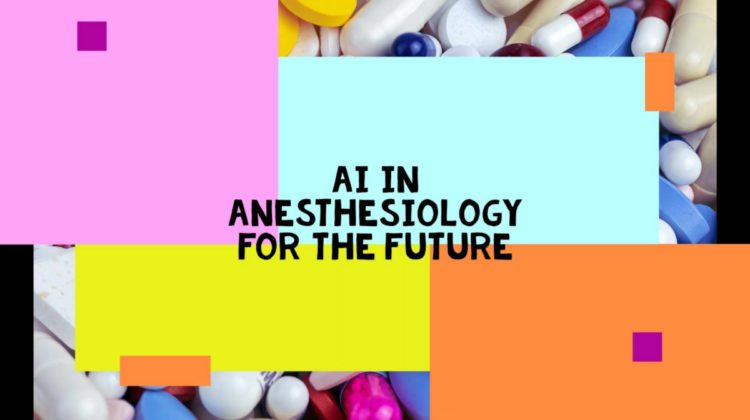
The Insights on Pain Medicine
The Bias of AI
When most think about artificial intelligence, the first thing that comes to mind is robot domination. Which is further from the truth and bias. Speaking hypothetically, even if superintelligence was possible, robots and machines can never have true human consciousness. In other words, a machine can never be more intelligent than a human.
The Purpose of AI
AI is not meant to replace humans and that is the main bias that is truly being argued. Machine learning is a subset of artificial intelligence that utilizes Computer Vision to teach machines how to identify images and patterns. This enables the machine to see, hear, speak, write, and move. An example of Computer Vision in modern technology is facial recognition to detect your identity.
The Future of AI
Currently, AI is being tested and utilized in many industries such as healthcare, transportation, education, and many more. In the AI world, the most talked about innovation is self-driving cars.
However, for this article, I will be discussing insights for AI in Anesthesiology in a question-answer format.
My Insights on AI in Anesthesiology
Q: Can Anesthesia be fully automated in the future?
A: No, we will still need humans for the clinical trial process for pain medicine. Remember, regarding to machine learning, a machine learns by detecting patterns taught by humans. This takes intensive clinical testing and research. So, a full medical diagnosis cannot be achieved without a human consciousness. However, certain tools such as automation for a pain medicine information system can be implemented by using machine learning to help identify data trends that can dig deeper for a better analysis.
Q: How can AI help Anesthesiology in the future?
A: AI is an innovative technology, so, if used correctly, can aid anesthesia with decision-making support. AI can also be utilized for data analytics for clinical data. There are AI-powered systems like Adobe Sensei. These systems can process large data sets to detect patterns humans just cannot see. Furthermore, this also provides predictive analysis based on common patterns on the data and set certain parameters to observe different time frequencies.
I believe, AI is the future and will be everywhere within the next five years, so every industry will need to adapt due to the fear of competition.
